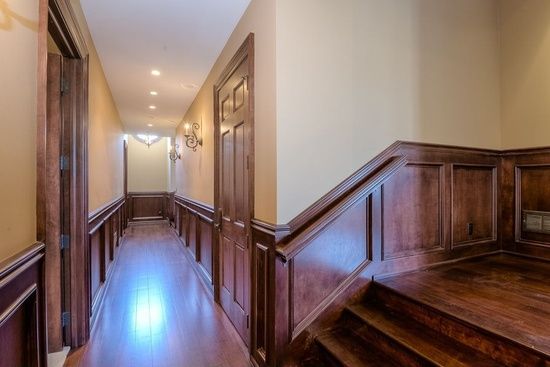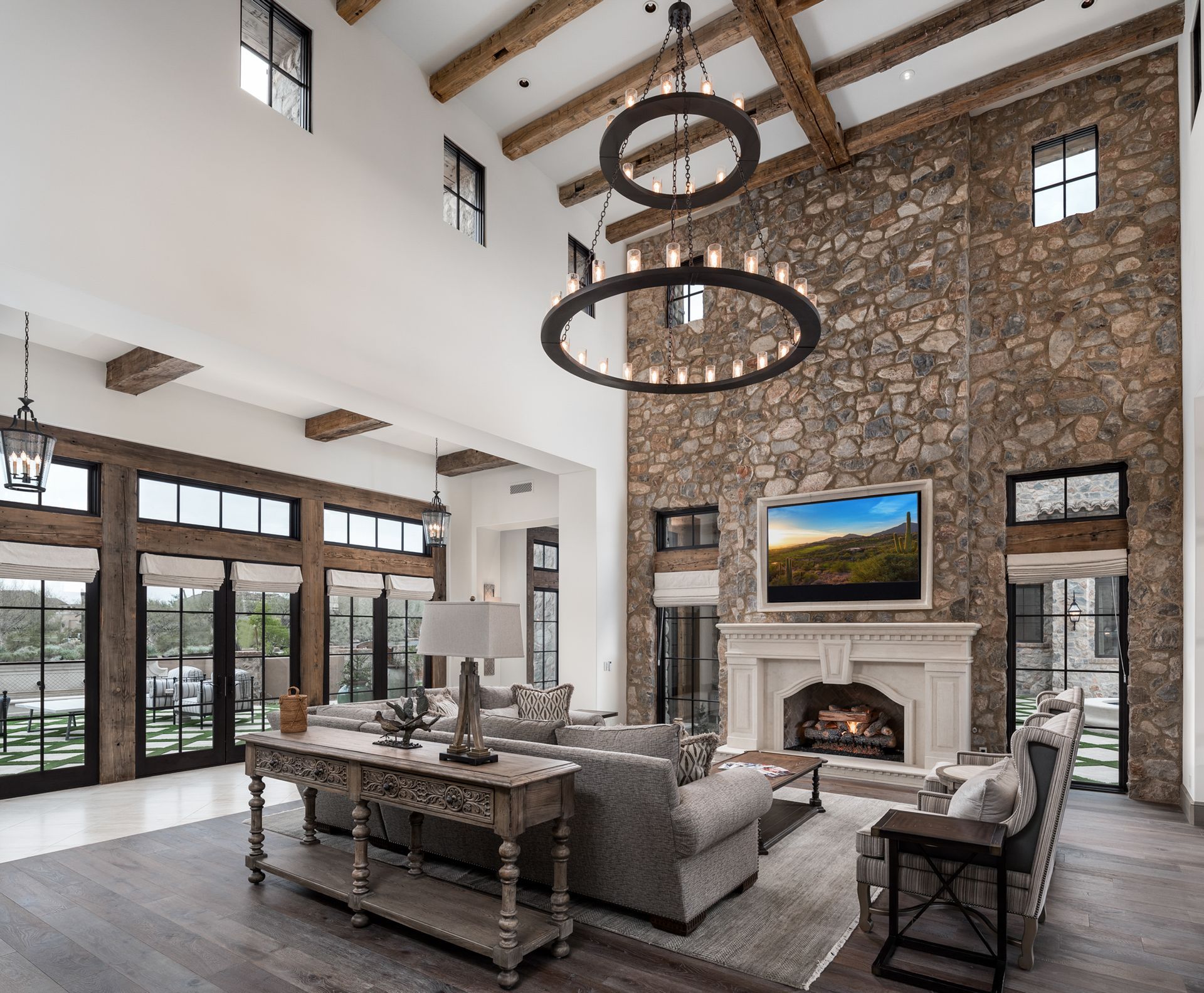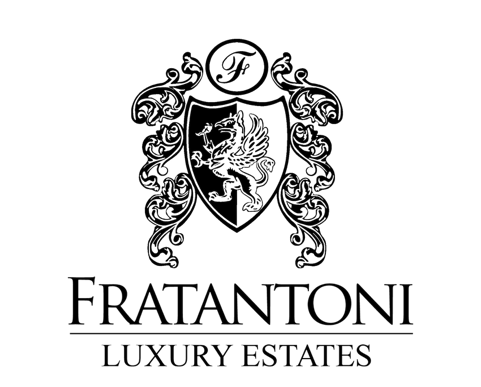Board and Batten Paneling
Board and Batten is a type of wainscoting with simple, clean lines that can evoke a farmhouse or Shaker style. This style = adds tons of character to your home. Since wainscoting is usually easy to care for and clean, this is a great addition to your entryway, mudroom or dining room.

Historically and Traditionally
Battens were placed over the seams between the wide boards, creating a stronger and more energy-efficient siding. Because it was an inexpensive and easy to assemble, they were used for structures such as barns and garden sheds. Board-and-batten siding is sometimes called barn-siding, because many barns in North America are constructed with board and batten. Even today, this siding on a house exudes a comfortable informality.
There are two types of board and batten that you will see these days. There’s the real deal, featuring real wood panels on top of which the board and batten framework is formed with solid wood battens (strips) and boards (planks). And then there’s the imitation-style board and batten, which is created atop plyboard or even drywall rather than real wood panels. If you ask me, both are fantastic and, whether they run the whole height of a wall or stop half or even three quarters of the way up a wall, serve to dress up a space. This look is most common in bathrooms and dining rooms. Again, board and batten had its beginnings on home exteriors.
The boards are usually (but not always) one foot wide. The boards may be placed horizontally or vertically. The battens are usually (but not always) about 1/2 inch wide. Reverse board and batten has very narrow boards with wide battens installed over the seams.
Info Provided from Bynum Residential Design
The post Board and Batten Paneling appeared first on Fratantoni Luxury Estates.













